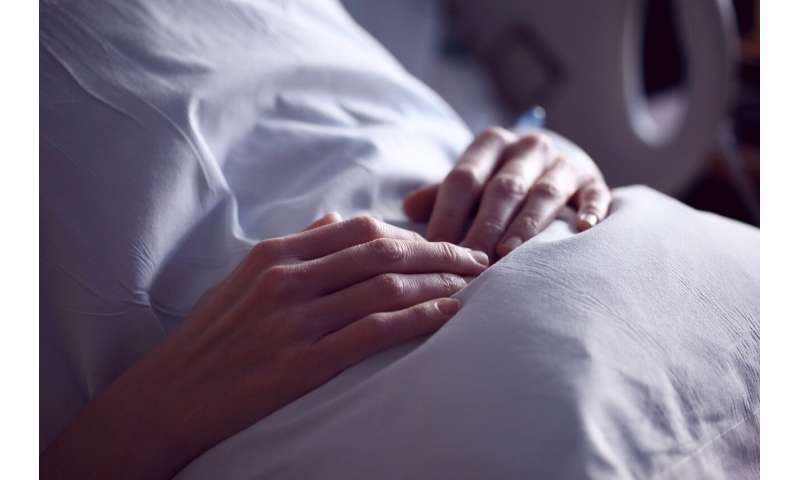
New global guidelines for preventing pressure ulcers and other complications in patients receiving respiratory support have now been issued. The work has been coordinated by Dimitri Beeckman, visiting professor at Örebro University, in cooperation with Anika Fourie at Ghent University, Belgium.
“The workload of intensive care staff is extremely high. To achieve the highest possible level of care for patients in need of respiratory support, a lot of boxes need to be ticked,” says Dimitri Beeckman, whose research focuses on pressure ulcers and other skin complications in hospitalized patients.
Intensive care patients with COVID-19 Acute Respiratory Distress Syndrome (COVID-19 ARDS), needing respiratory support, are often placed on their front with their heads turned to the side—the position that provides the best oxygenation. This does, however, leave many sensitive parts of the body vulnerable to high pressure, increasing the risk of developing pressure ulcers by over 20%.
The rapid rate at which COVID-19 is spreading has led to many severely ill patients needing respiratory support. Hospitals have reached out to Dimitri Beeckman’s research team for advice on how healthcare workers are to care for patients receiving treatment while lying on their front.
“Today, not all intensive care nurses have practical experience of what to do to prevent skin damage caused by pressure or by tubes connected to ventilators,” says Dimitri Beeckman.
In a collaborative effort between Örebro University, Örebro University Hospital and Ghent University, Dimitri Beeckman has overseen the creation of a checklist to help intensive care units address these problems.
The checklist is the first of its kind and can be used within intensive care across the globe. Dimitri Beeckman is also the president of the European Pressure Ulcer Advisory Panel, a platform aiming to promote knowledge of pressure ulcer prevention and treatment globally. The guidelines can be downloaded and incorporated into hospital efforts to safeguard care procedures. Translation of the guidelines to other languages than English is underway.
Source: Read Full Article
